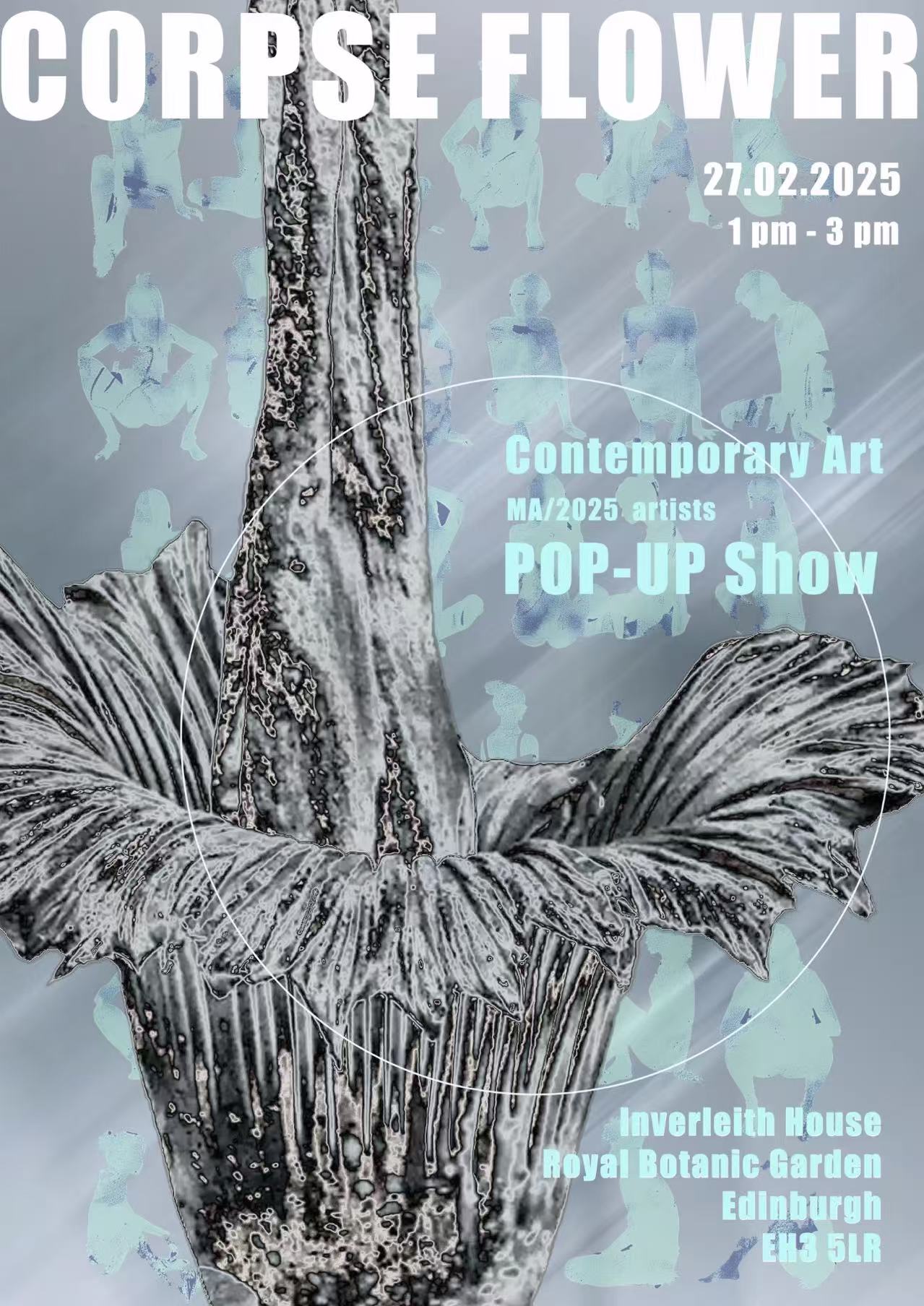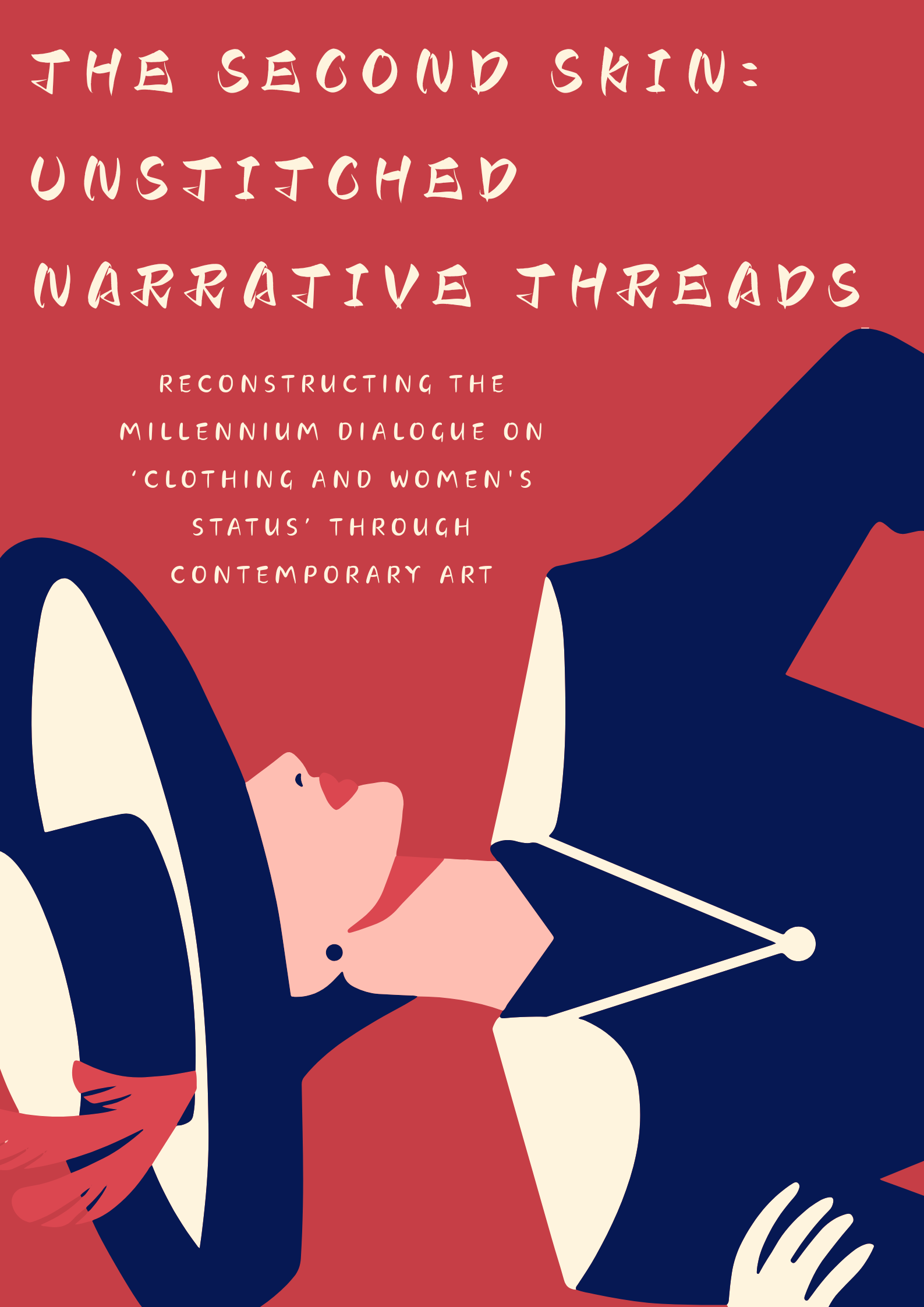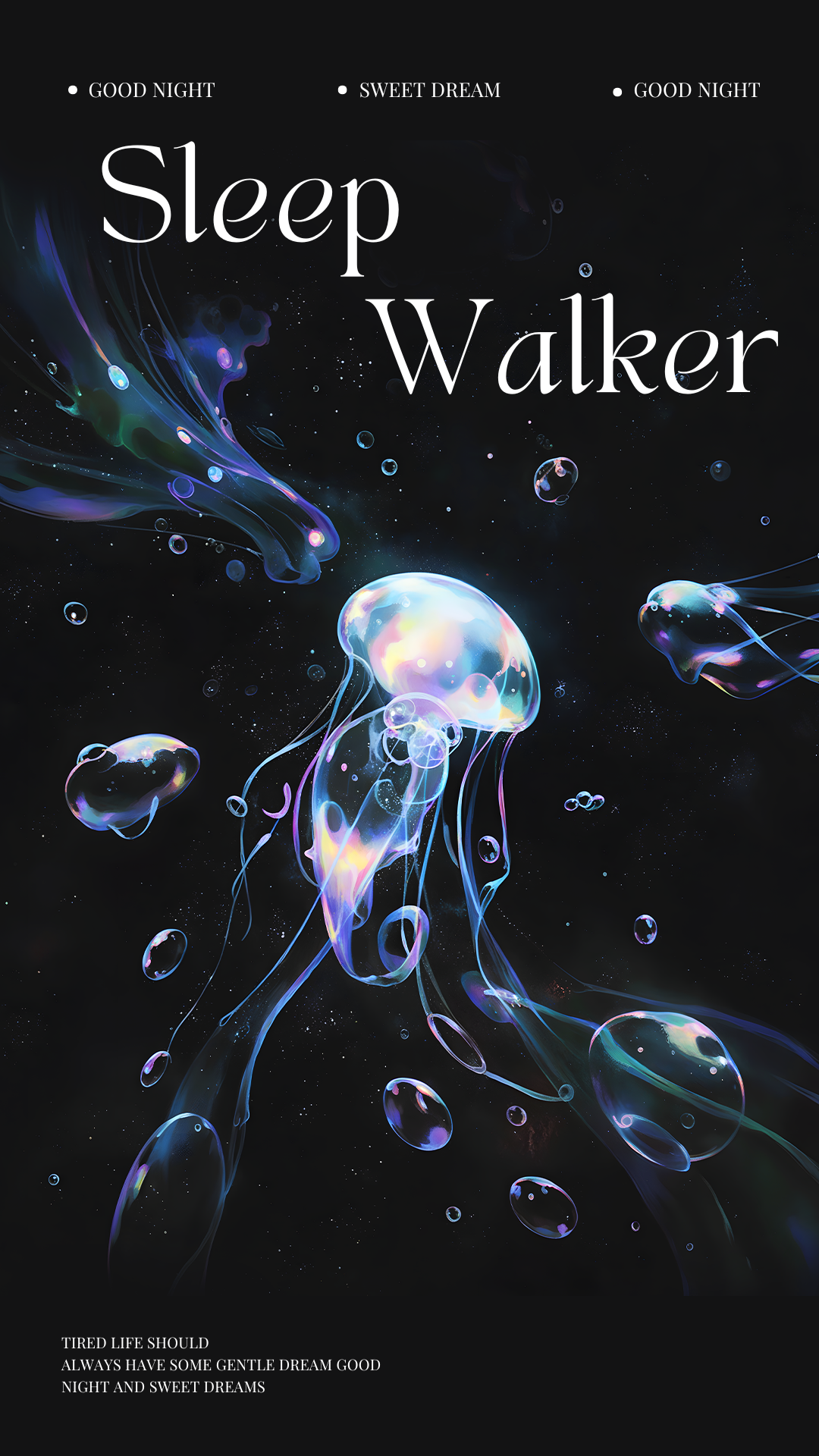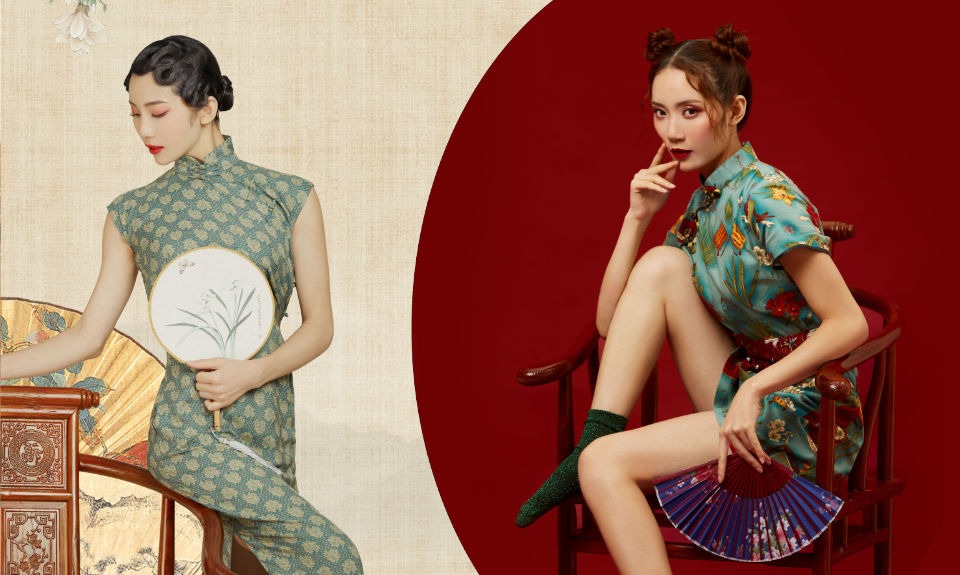Author: s2630494
I find this exhibition very interesting as it explores the relationship between nature, life, ecology and human beings under the theme of ‘Plants’. The artworks are rich and varied, ranging from sculptures and installations to paintings and video works, presenting the growth patterns of plants, the similarities between biological structures and the human body, as […]
To Lyuzhong Hou: Your blog reveals the power structures hidden in the decontextualisation of white box space, which provides an important critical basis for decolonial curation. I think your desire to break down the colonial nature of the white box could be considered by adopting a more contextual approach to the exhibition, such as allowing […]
After some discussion, we settled on the name of our Collective——Sleepwalker. These foundational principles, along with other key ideas from our members, have shaped our core mission: Barrier-free exhibitions – Ensuring public accessibility and inclusivity Inclusivity – Embracing multiple exhibitions and multicultural perspectives Social issues – Encouraging collective creation and discourse Nomadic nature – Breaking […]
I. Immersive Reconstruction through Technological Media Digital Technology and Virtual Experience Using technologies such as 3D printing, smart wearables, and laser engraving, traditional patterns can be transformed into wearable “dynamic art.” For instance, the Jade Rain series of garments exhibited at the China Silk Museum combines handmade lace with technological materials, making the garments appear […]
The Period of Division (220–589):From Three Kingdoms (220 – 280) and the Western Jin (265 – 317) to the Northern and Southern Dynasties (317 – 589) Characteristics of dress: During this period of frequent regime changes, the clash between the northern nomadic tribes and the Central Plains Han culture fostered cultural integration, while the rise […]
Curatorial Name idea: “Threads of Change: The Evolution of Chinese Women’s Fashion and Status”/ “Worn Stories: Fashion and the Shifting Status of Chinese Women” Reasons for choosing this theme: Clothing as a mirror image of women’s social status The form, function, and aesthetic evolution of Chinese women’s clothing directly reflect changes in social power structures, […]
Qin-Han Period (221 BC-220 AD): Regulation and Romance under the Great Unification Characteristics of dress: Women’s dresses in the Qin and Han Dynasties were both practical and ceremonial, reflecting a dignified and solemn aspect as well as a soft and charming flavour. Generally speaking, the dresses were mainly deep clothes, characterised by layered lapels and […]
Pre-Qin period (21st century BC-221 BC): simple and loose, simple and generous Characteristics of dress: Upper garment and lower garment system: the upper body wore a garment (衣 yi) and the lower body wore a skirt (裳 shang), and the garment was divided into two systems, with the overall looseness of the garment, making it […]
In ancient times, Pre-Qin period (c. 21st century BC) to Ming and Qing periods (17th to early 19th century AD), women were largely confined to domestic roles, following Confucian ideals like the “Three Obediences and Four Virtues” (三从四德): A woman was to be subordinate to her father in youth, her husband in maturity, and her son […]






